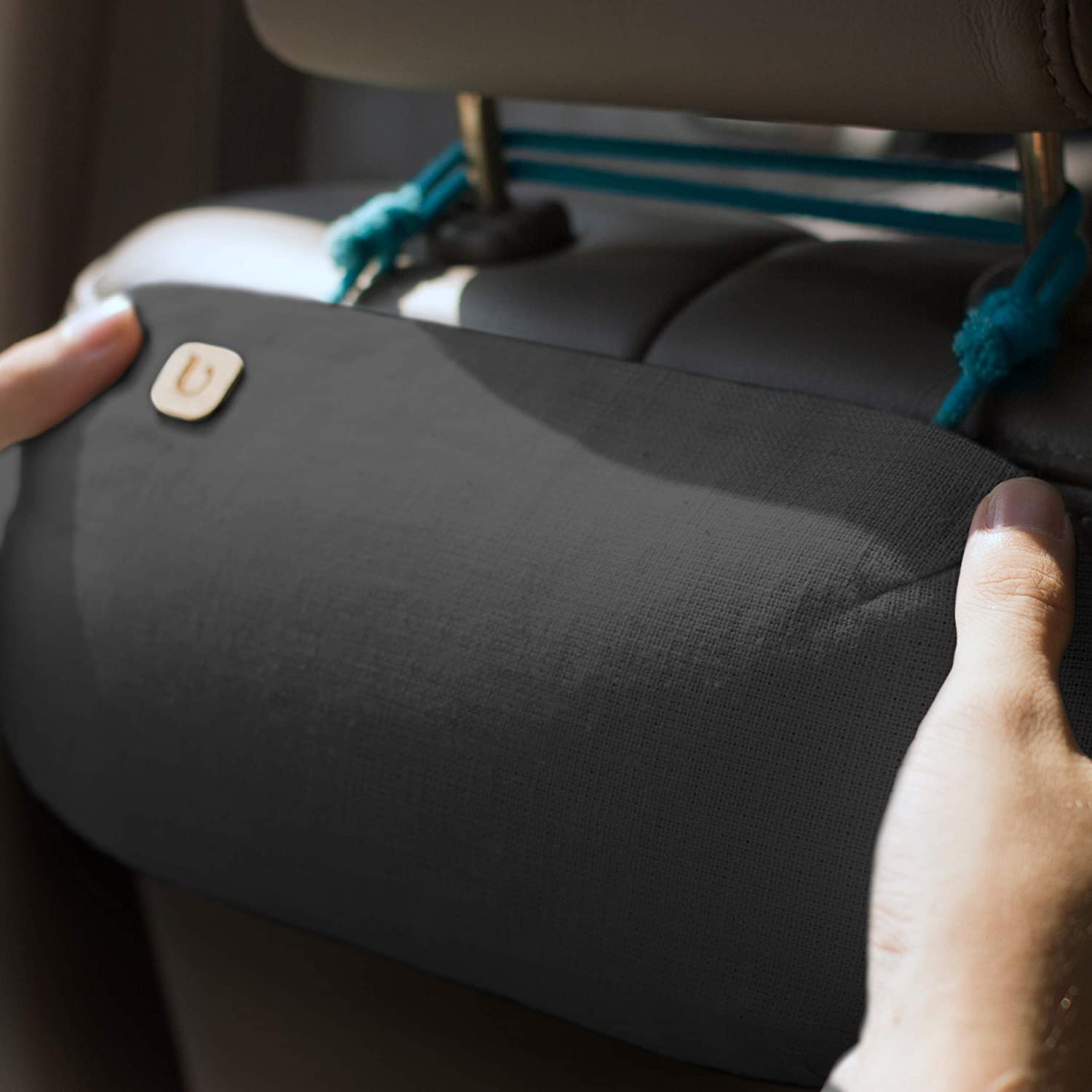Do’s and Don’ts of Dealing with Water Damage

Property owners can experience water damage as the most frequent and serious emergencies. The presence of water in your home can be distressing and may threaten the structural integrity and value of your home, regardless of what caused it, such as a storm, flooding, leaky roof, broken pipes. In addition to these, you’ll be dealing with overflowing appliances and even malfunctions in heating, ventilation, and air conditioning. There’s no question that unwanted water can ruin your property and possessions, not to mention the headaches you’ll have to deal with restoring your home to its former condition, although you can call people like this Water Damage Restoration Milwaukee company out to help you out with this.
The Insurance Institute for Business and Home Safety reported that the average amount of damage caused by flooding in the US is $8.3 billion per year. Water damage is one of the most common property deterioration issues homeowners face. Homeowners can take measures to protect themselves from flood damage. However, flooding is often unpredictable. Therefore, homeowners have no time to stop the water from entering their property.
Furthermore, the worst part is that when a natural disaster causes water damage, your normal homeowners’ insurance policies typically don’t cover flood damage. Alternatively, you may join the federal National Flood Insurance Program (NFIP).
Moreover, you can also benefit from various private insurance companies and independent agents. Even outside of high-risk flood zones, natural floods are one of the nation’s most common and expensive natural disasters.
But the question is, how can you protect your property from Water Damage? So, to help you with this, we will discuss some do’s and don’ts that homeowners should consider in case of water damage, cleanup, regardless of its cause.
get In Touch With Your Insurance Company
You will have varying levels of homeowners’ insurance depending on your policy. The insurance company will dispatch an adjuster to assess the damage and determine if it is covered.
It is wise to snap pictures before, during, and after the cleanup to document the value of each item. Having this information will help the adjuster assess the damage when they come. Make sure you check with your provider beforehand because not all home insurance policies cover flood damage.
Protect Yourself, Your Appliances, and Valuables
In the event of a significant home disaster such as flooding or water damage, make sure your family is safe. Staying safe at home can be accomplished in several ways, such as:
- First of all, turn off the power.
- Wear proper gear before entering the area with water damage.
- Ensure that all your appliances and valuables are out of water in some safe place.
Identify The Source Of Water
There are usually three types of water flowing through homes at any time. Firstly, clean water. Most of this water comes from rain and leaky pipes, making it the easiest to clean for homeowners. Next, there is gray water. Gray water is produced by washing machines, dishwashers, and toilets. Since this water may contain contaminants, it isn’t easy to clean properly.
The last type of water you may be exposed to in a water leak is black water. In addition to wastewater and other contaminants, it may contain sewage. This water likely comes from a nearby river, which is filthy. Blackwater may contain contaminants and bacteria that may be harmful, so you should not attempt to repair water damage caused by black water.
Dry The Location ASAP
When water damage occurs in your home, you need to act quickly. When water is stagnant for more than 24 hours, mold and mildew can grow. If possible, remove all furniture from the affected area, and place fans on wet floors and walls. It may be necessary to rent a few industrial fans if the water damage is extensive. Many homeowners choose to use restoration services like 1-800 Water Damage, at this point, to assess the type of water responsible for the damage, dehumidify, extract excess water, and thoroughly dry out their home.
Be Aware of Hidden Moisture
We recommend inspecting your home after removing everything from the affected area once fans have been turned on to begin the drying process. This inspection will help you determine if any hidden areas need water damage repair. Look under floorboards and carpet padding for signs of water damage. Ensure that all affected areas are completely dry by placing fans on them.
Things To Avoid Don’ts of Water Damage
If your property has been flooded, you must avoid doing the following:
- If the ceiling is wet, turn on the light and don’t let it sag
- Remove the carpet and pad – this could cause permanent damage
- Put color-treated items on damp carpets or other fabric surfaces, such as clothing and upholstery. The dye will bleed and stain the fabric. If you need to blot the water from such surfaces, use white or very lightly colored towels.
- Using an electric heater to dry carpets
- Heat the room above normal until the technicians have installed dehumidifiers and evaluated the drying process.
- Electronic appliances should be used in wet areas. Be cautious when using a wet vacuum. Be sure to check the cord of a wet vacuum for nicks or damage before using it. Avoid plugging it into water-damaged outlets. Putting on rubber-soled boots is a good idea when using such appliances.
The Takeaway
Finally, we are well aware that in areas such as NYC, Arizona, Georgia, and other states, water damage is prevalent property damage that homeowners face. However, we recommend that in case you’re facing this issue, you shouldn’t just try to handle it yourself; rather, you should seek professional aid.




